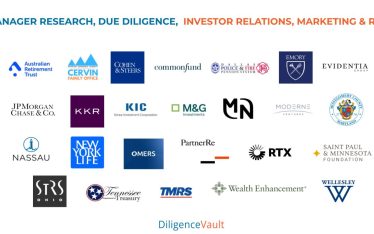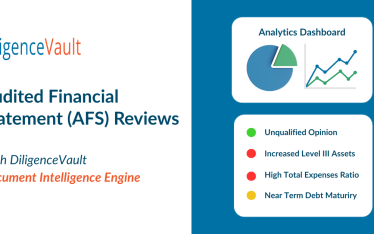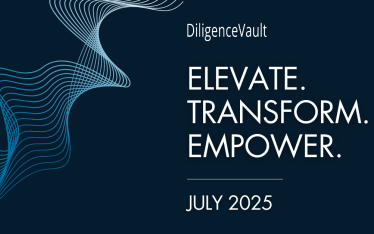Investment outcome depends on the quality and volume of deal flow, so it is critical that every allocator has a solid manager sourcing process to discover differentiated, high performing funds. Missing out on good investment opportunities have a direct impact on portfolio performance.
To make one allocation, an investor evaluates over 100 fund managers. So it is very important to maintain a robust pipeline of new managers and funds. Different asset classes have different sourcing pipelines, but in general, the following six channels are leveraged by most:
- Network and relationships
- Intermediaries
- Databases and regulatory filings
- Conferences
- Direct or Inbound manager pitches
Network and relationships – Most investors would agree that referral network referrals and industry relationships help identify high conviction investment opportunities faster, and hence this remains an important part of the sourcing strategy. This channel is valuable because it comes with an additional element of trust.
Intermediaries – Placement agents, bankers, cap intro teams, and service providers are all important sources that bring new, pre-vetted investment opportunities to investors. While these sources can apply to any asset classes, they are more prominent in the private markets and hedge fund space.
Database and regulatory filings – most investors ensure they have access to the right databases to support their investment strategy. Consultant databases such as Wilshire Compass, Mercer GIMD, Callan, and commercial databases such as Pitchbook, eVestment, Morningstar, HFRI, Camaradata are a few popular ones. These databases make it easy to access manager information in a consistent fashion regardless of the asset class. They are also widely used for initiating a new manager search.
Industry conferences – Another important channel that brings together investors and managers are industry conferences. Investors have the opportunity to learn more about asset managers and their investment approach. For managers, conferences provide educational content and opportunities to build brand awareness and recognition.
Direct or Inbound manager pitches – Last but not least, marketers and investor relations teams at fund managers are also directly pitching to investors over email. Investors with large pools of assets, or a great brand name, and/or reputation are the ones to receive the most inbound pitches.
How to amplify a good sourcing strategy?
Once a sourcing strategy is established, investors can amplify their strategy with five key components.
These five components include centralization, screening criteria, improved benchmarking, good tracking, and repeatable evaluation process. Centralization keeps all of the information gathered from various sourcing channels in one place. Next, investors should also establish criteria to identify good investment quickly, so more time is spent evaluating high quality investments. The most success comes for investors who maintain a robust pipeline of new investments that matches their investment strategy and criteria.
Equally important is the ability to compare the investment opportunity with peer group of existing investments, but also with new opportunities available to an investor. Having ready and easy access to data can now provide the ability to develop rigorous insights augmenting the investors experience. New pitches do not turn to investments right away, and there is a need to track these over time. Further, having a clear process to identify and track these opportunities is just as important.
Deploy technology to source, track and manage new manager pipeline
Most investors maintain information about new opportunities in emails or shared drives. Some have started using Excel spreadsheets and similar technologies, but this involves manual entry by the investment team members to populate key elements from the manager materials. A very few investors track new opportunities systematically in a RMS, which definitely helps address the tracking process, but the data entry is still manual and often incomplete and delayed.
A technology platform like DiligenceVault is built to manage inbounds. The software eliminates the inefficiencies associated with manual data input, incomplete data sets, or searching for files and chasing team members to access the data that you need. In short, technology is now available to amplify your team’s focus on human analysis and investing with confidence. DiligenceVault also considers asset managers as an equally important stakeholder in the sourcing process. It offers an easy-to-use digital experience and process transparency that hasn’t been available up until now. For investors, this can raise their profile amongst managers while expanding their funnel of new managers.
With alignment between your sourcing strategy, technology, and process – never miss an investment opportunity!
Explore Further:



